7 Facts You Probably Don’t Know About the U.S. Army
Did you know that the U.S. Army is 248 years old? According to the U.S. Army Center of Military History, it was on June 14, 1775, that “the Continental Congress authorized enlistment of expert riflemen to serve the United Colonies for one year.”
Due to its age, the U.S. Army obviously has a very decorated history. Its inception began during the Revolutionary War, and it has since gone on to become the most powerful military force in the world. Continue reading to learn some facts that you may not know about it- from the inception of its official song to its first female service member.
1: The U.S Army Was the Last Military Branch to Have an Official Song
“The Army Goes Rolling Along” was not always the Army’s official song. In fact, it did not receive that distinction until Veterans Day 1956, after a lot of trial and error.
Its origins are in the Philippines, where West Point graduate Edmund Louis Gruber was stationed in 1908. He found inspiration upon overhearing a section chief shout commands at a caisson driver, and ended up writing “The Caissons Go Rolling Along.”
John Philip Sousa turned it into “The Field Artillery Song.” When the Army failed to find the perfect song during contests held in 1948 and 1952, they returned to the tune with one condition: that the lyrics be reworked. The rest is history!
2. The U.S. Army Would be the Tenth Largest City in the United States.
There are just over one million soldiers currently serving in the U.S. Army. About half of that number is active-duty Soldiers who serve full-time, while the rest make up the reserve components of National Guard and Army Reserve. To put it in perspective, a city filled with all U.S. Army Soldiers would have more people in it than San Jose, California or Austin, Texas.
3. Before World War II, 45th Infantry Division Members Wore a Swastika Patch
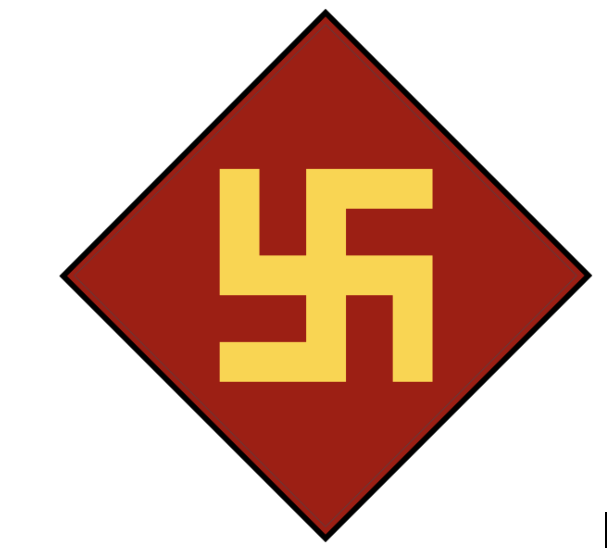
For the first 15 years of its existence, members of the 45th Infantry Division proudly wore a swastika on their left shoulders because it was an ancient American Indian symbol of good luck. The insignia was a recognition of the many Native Americans soldiers who proudly served in the 45th Infantry Division. The yellow swastika on a square background of red symbolized the Spanish Heritage of the four Southwestern states that made up the membership of the 45th—Oklahoma, New Mexico, Colorado, and Arizona. A similar symbol was adopted by the Nazi party in the late 1920’s, and as the N.S.D.A.P. rose to power in 1933, the symbol became so strongly associated with German National socialism that it had to be abandoned as the insignia of the 45th Infantry Division. It was later changed to a thunderbird.
4. The First U.S. Army Submarine Was Used During the Revolutionary War
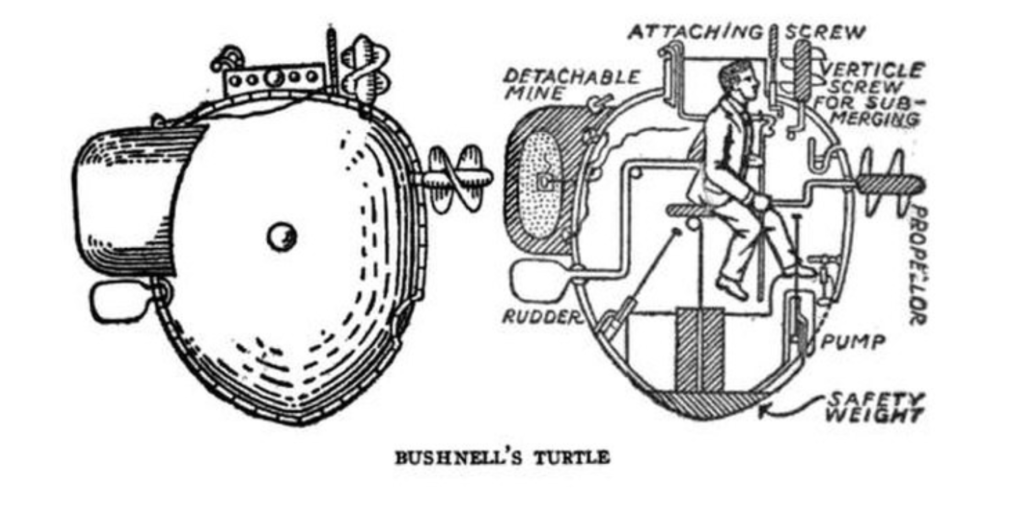
The first submarine used by the U.S. Army was invented by Yale graduate, David Bushnell. Named the “Turtle,” it was a wooden craft that could be propelled by a single individual using a hand crank and a foot treadle. It rose and sank via a pedal-operated tank and a lead ballast helped keep it upright.
The Turtle saw its first military activity on September 7, 1776, during a mission to blow up the HMS Eagle. The ship was of British origin and had moored in New York Harbor.
Unfortunately, its pilot, Ezra Lee, received little training and aborted the mission. After several other botched trials, the craft was abandoned. Despite this, the Patriot Army, including George Washington, praised Bushnell for his invention.
5. The First Possible Female Soldier Disguised Herself as a Man
Deborah Sampson served in the Revolutionary War between 1782 and 1783. She enlisted in the Fourth Massachusetts Regiment under the name “Robert Shurtleff” and was assigned to Captain George Webb’s Company of Light Infantry. There, she fought against the British alongside male infantry soldiers.
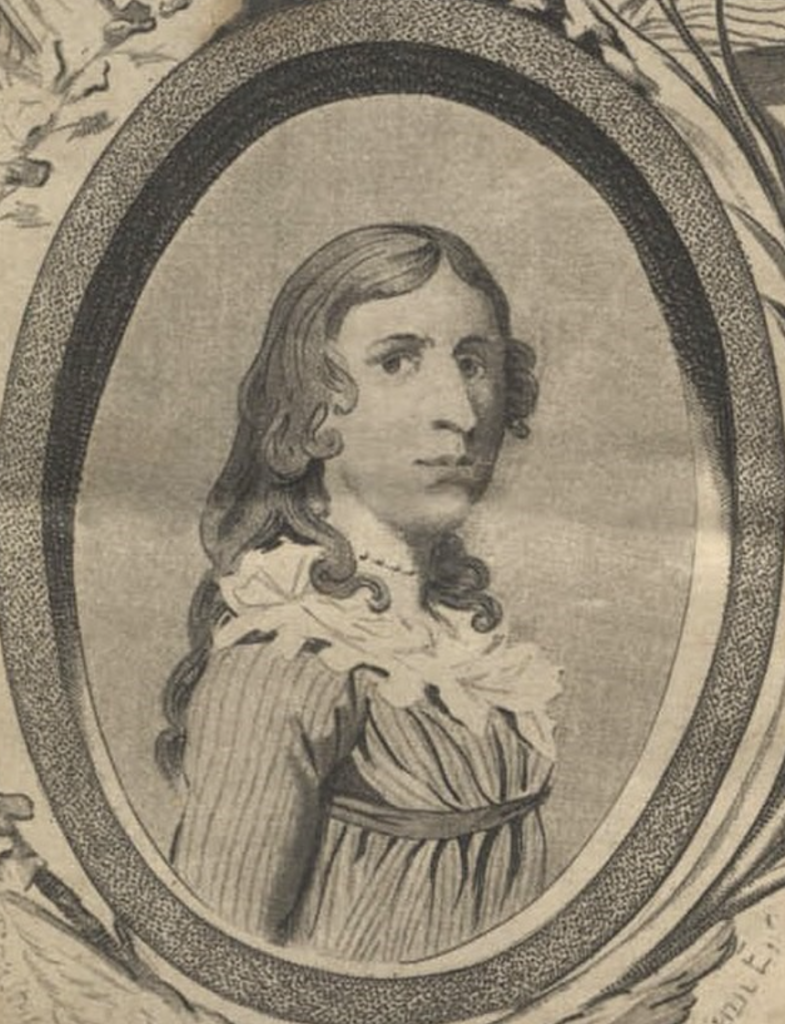
To keep her identity hidden, Sampson often treated her wounds herself. She managed to keep up the charade for a year before falling ill and being admitted to hospital, where she lost consciousness. She was given an honorable discharge in 1783 and was the first-ever woman to receive a military pension.
6. There Have Only Been Five, Five-Star Generals in the U.S. Army
The rank was introduced in 1944 to allow U.S. officers to better command Allied officers from other countries who were technically of a higher rank. The Navy also introduced a similar rank, the Fleet Admiral. Between 1944 and 1945, the Army promoted Dwight D. Eisenhower, Henry H. Arnold, George C. Marshall, and Douglas MacArthur to the rank, with Omar N. Bradley being the last in 1950. While still in existence, the rank has not been used since Bradley died in 1981. The President still has the power to promote an Army General to the rank with Senate approval.
7. JFK is Behind the Special Forces’ Green Beret
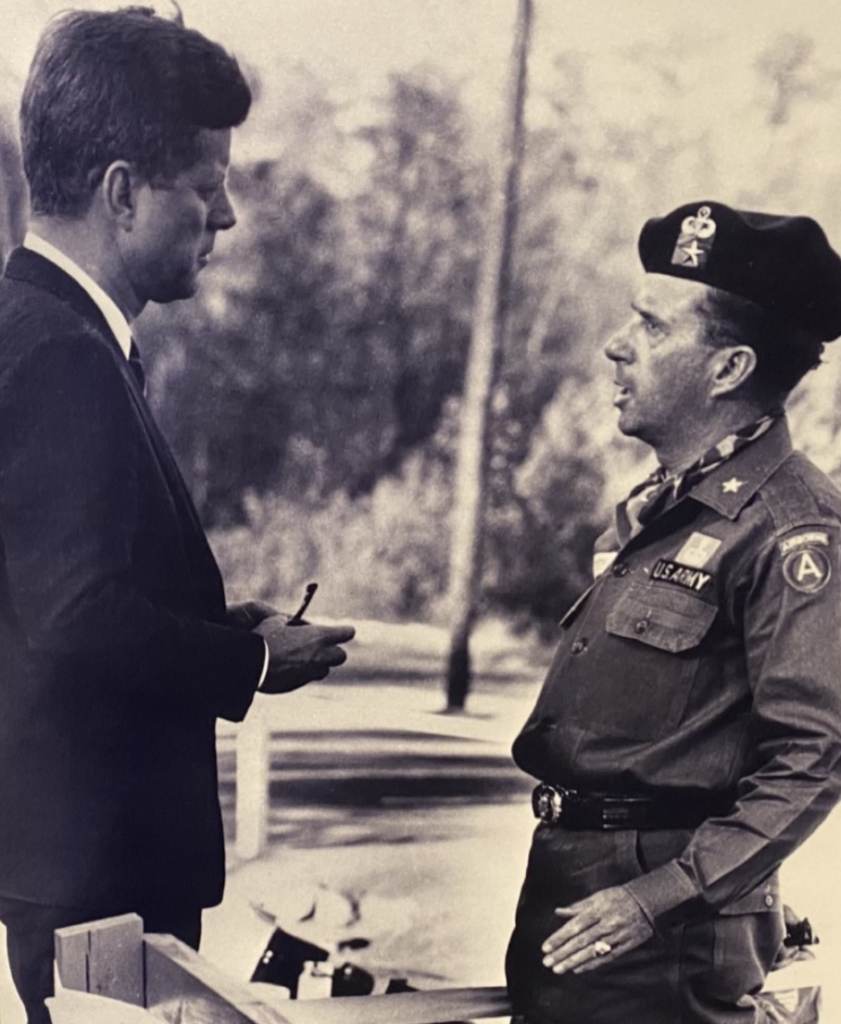
President John F. Kennedy, a major supporter of the Special Forces, talks to Brigadier General William P. Yarborough during combat readiness demonstrations at Fort Bragg, October 1961.
President John F. Kennedy played a key role in the history of the Green Berets, and is a particular hero of the Army Special Forces. In 1961, when President Kennedy was preparing to travel to Fort Bragg, North Carolina, he sent word to Brigadier General William Yarborough for all Army Special Forces soldiers to wear their green berets for his visit. In advance of the visit, the U.S. Army officially authorized the beret as part of the Special Forces uniform, and Yarborough greeted the president wearing his own green beret. Kennedy continued his support for the Special Forces in 1962, calling the green beret “a symbol of excellence, a badge of courage, a mark of distinction in the fight for freedom.”
Within hours after the president’s untimely passing, Jackie Kennedy requested that Green Berets participate in the Honor Guard for his funeral. The Special Warfare Center immediately published orders for forty-six Green Berets to travel to Washington, DC on the following day. To this day, Army Special Forces lay a wreath and a green beret on the late president’s grave every November 22, the anniversary of his 1963 assassination. The Fort Bragg John F. Kennedy Special Warfare Center is named in his honor.
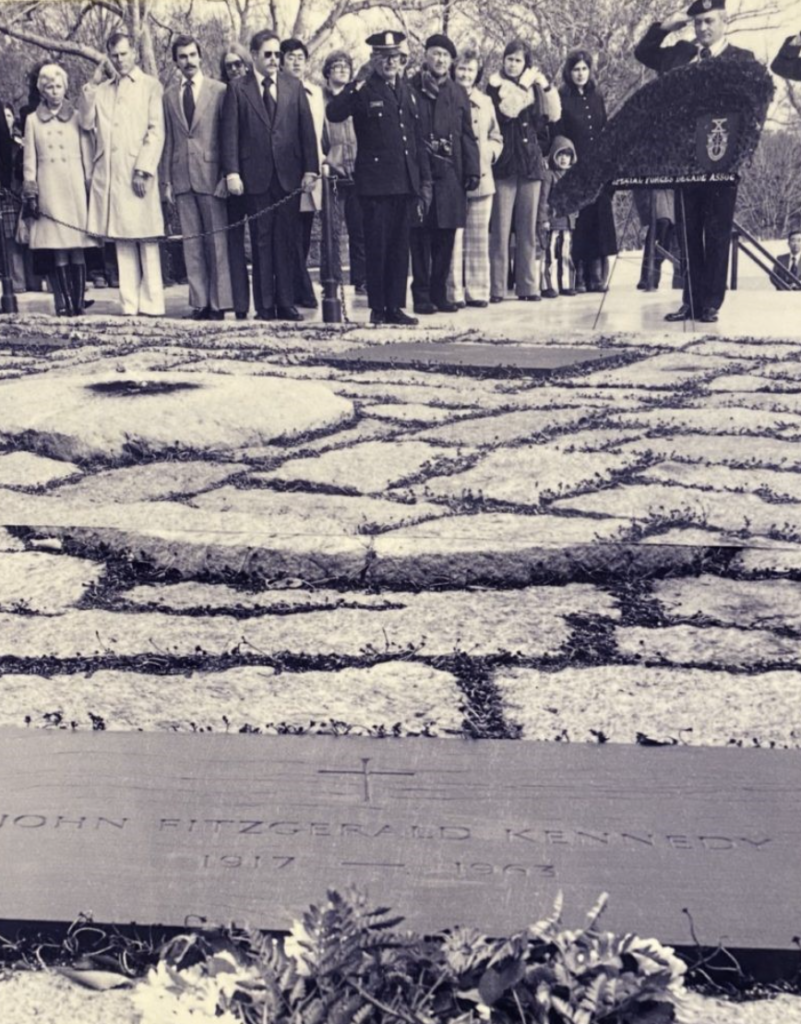
Green Berets pay homage to the slain President Kennedy at his gravesite at Arlington National Cemetery.
Did you enjoy this content? If so, please consider giving a donation to the ASOM so we can continue our mission of engaging, educating, and inspiring the public on the legacies of Airborne and Special Operations Soldiers.



